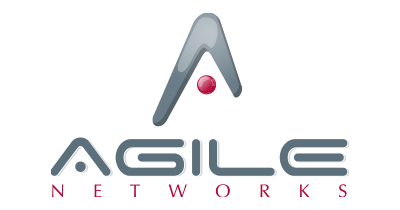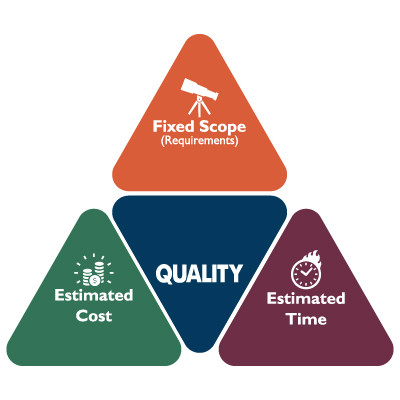Agile Networks Blog
Besides all of those people who are advocating for the scaling back or non-implementation of tools to save jobs, most people understand the benefit of automation when it makes sense. Not only do machines tend to do certain tasks more effectively, they never willingly take a day off. Unfortunately, for every task that needs to be completed less than half can be automated, and that number drops even further when you take into account everything a human does at their job. Today, there are very few jobs that can be fully automated; even as AI has begun to be used more for business. This week, we wanted to discuss why automation may not be the answer you are looking for and why training humans holds a lot of value.
Happy Valentine’s Day! Today is a day to celebrate love, romance, and every butterfly that has ever fluttered in a stomach. However, the greatest loves can bring the greatest sorrow… particularly when the time comes to say goodbye.
Take Windows 10, for instance. PC users have loved the OS for a decade, but in a few short months, it will no longer be a good relationship for anyone—particularly business users—to maintain.
Your business needs software, along with the various integrations it allows for to keep your operations going. A little planning goes a long way, especially if you want to get the best return on your investment. Today, we want to look at how you can find the right mix of software for your business without breaking the bank or experiencing the dreaded “tech sprawl.”
Many market analysts and industry experts foresee an increase in the cost of hardware. We recommend that you take matters into your own hands to dodge the price hike and purchase your new IT now before it costs you more to do so. The implementation of any proposed tariffs could impact the market as early as February 2025, so we wanted to discuss what you should consider when purchasing new hardware today.
There is a concept known as the iron triangle that provides a simple framework for project management by outlining the balance between your costs, your available time, and the desired quality of your outcome.
Traditionally, the iron triangle helps illustrate how these factors impact each other. Instead, we wanted to take advantage of the principles of the triangle to explore how beneficial it can be to outsource IT services.
The big thing in business computing is AI, or artificial intelligence, and businesses are implementing it to solve a lot of repetitive problems that free up their employees to serve other roles. One such area is for IT support. But is it worth it to chat with a robot when something as important as IT is on the line?
If you want your business to succeed, you need to take care of your employees, but businesses sometimes let this important task slip in the throes of the day-to-day. Deloitte estimates that around 8 out of every 10 wage workers show signs of burnout. So the question then becomes… What are you doing about it?
“Toxic” is a buzzword that is often used nowadays, but when it is used to describe a business’ work environment, it needs to be treated with deadly seriousness.
If a workplace is a place people don’t like to be, many drawbacks will ultimately impact operations. Therefore, it is to your benefit to keep your business as positive a workplace as possible.
Let’s discuss how to tell if your company has a toxic workplace and, if so, how to resolve it.
Projects are a big part of the small business model. Whether they are projects to improve organizational efficiency or productivity or projects that are completed for customers, strong project management is extremely important. Scope creep happens when a project becomes less efficient because the demands of the project keep changing. In today’s blog, we will try to define scope creep and how to prevent it from being a problem for your business.
Running a business can be tough and result in a lot of frustration from staff, management, and customers. Sometimes that frustration can boil over and cause consternation among the core elements that need to function for a business to be successful. This week, let’s look at an issue that can really hurt your business.
There has been a lot of talk about ways to get more productivity from your staff. One idea floated a few years ago was reducing the number of days people work to four. Now, if you think, “How does working one less day improve worker productivity?” you aren’t alone. This week, we will take a look at the benefits of a four-day workweek.
Despite what detractors say, regulations are in place for good reason. They typically protect individuals from organizational malfeasance. Many of these regulations are actual laws passed by a governing body and cover the entire spectrum of the issue, not just the data involved. The ones that have data protection regulations written into them mostly deal with the handling and protection of sensitive information. For organizations that work in industries covered by these regulations there are very visible costs that go into compliance. Today, we look at the costs incurred by these organizations as a result of these regulations, and how to ascertain how they affect your business.
There is no question that a small business can benefit from technology, as has been proven time and time again. However, an issue can arise if a business bites off more than it can chew, so to speak, and ultimately creates a spike in costs. A responsible business owner will resist this temptation and prioritize the solutions they need over the ones they want - building profitability and generating capital needed to make other improvements.
In this blog, we’ll examine some of the implementations that can deliver a good return on investment to a small business.















